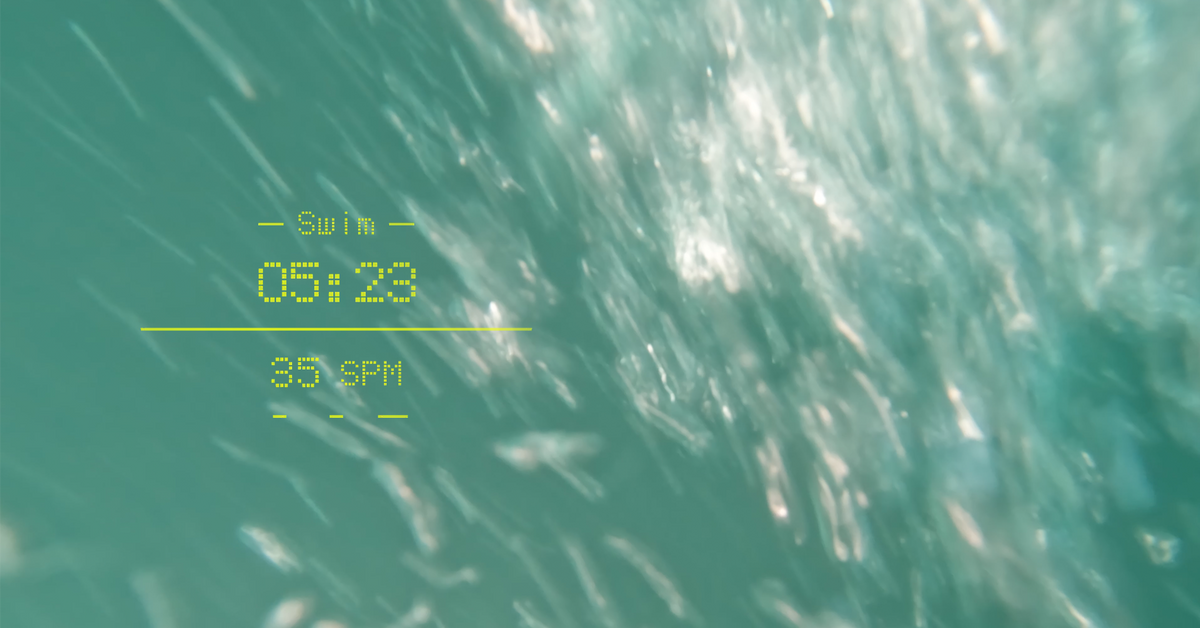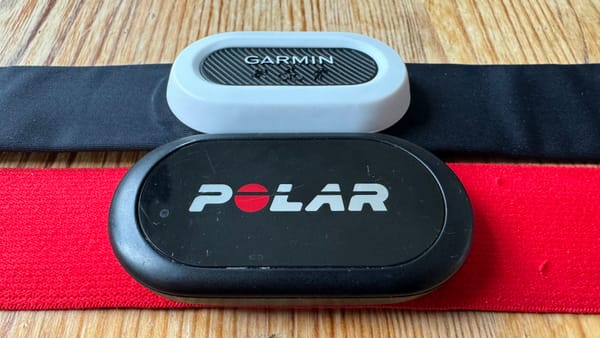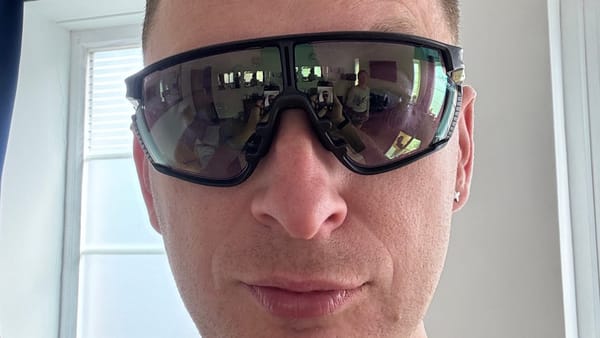Openwater swimming with FORM

A while ago, I wrote about the FORM goggles, mainly focussed on pool swimming. Since moving to within cycling distance of a very nice lake, I've had the opportunity to use the FORM goggles in OWS mode, which I'll focus on here.
A Tale of Two Modes
Form has two modes for OWS:
- Goggle data only (with oHRM): the goggles will show time, stroke rate (front crawl only) and HR if you have one connected. Simple, self-contained, spartan.
- Data streamed from a watch: the goggles will stream distance and HR data from your Garmin or Apple watch.
Mode Two
There's little to say of the first mode, aside from 'it just works', but the second mode is more interesting. The goggles and watch must be worn on the same side of the head, to improve the chances of a connection, and herein lies the problem: water is dense, and restrict's Bluetooth's transmission range to about 2cm. The time that the wearer rotates their head out of the water to breath before plunging back in again is all the time the goggles have to (re)establish a connection to the watch, and update the data.
For unilateral breathers, this doesn't present a problem, but for bilateral breathing, my goggles seem to spend more time showing a message stating that they're disconnected from the watch, which is pretty annoying. If I take a few breaths on the same side, the connection is re-established, but not for very long. I'd like it more if, instead of showing a bland error message, the data stayed, but with an indicator to tell me it was stale.
Another quirk is that when in mode two, the goggles won't connect to your configured oHR (if you have one): they'll only stream unreliable data from the watch's oHR sensor, which is (as noted above) often absent, or just wrong.
Mode Two Improvements
- Pull HR from the Polar HR sensor, if available. This would give 1 reliable data stream, with significantly improved accuarcy.
- Add stroke rate (this would give a second reliable data stream).
- Change the display to indicate stale data, instead of showing a 'disconnected' message.



